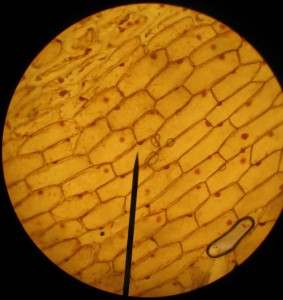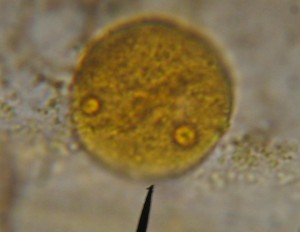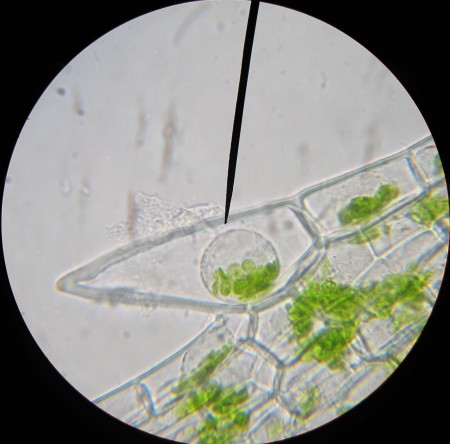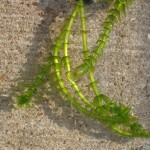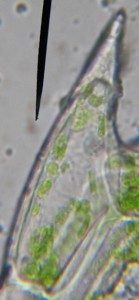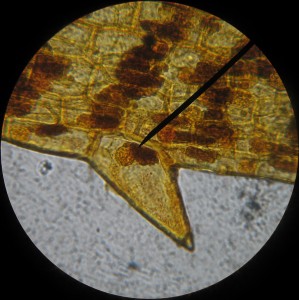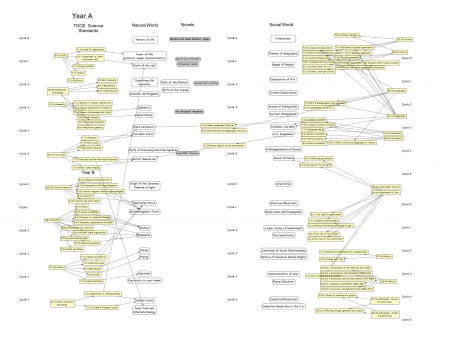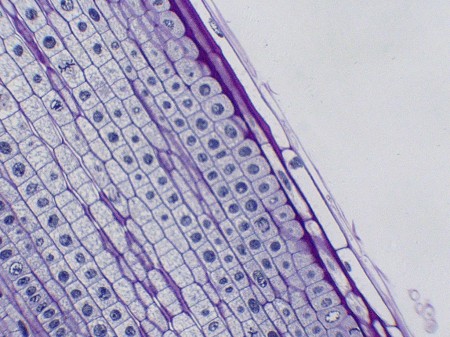Well I managed to step in it quite nicely today. Up to the knees and then I had to start bailing.
The lesson on being proactive versus being reactive had been going so well. Proactive people “make it happen”, while reactive people “get happened to”. Proactive people are “can do”, while reactive people are “can’t do”. Proactives are “change agents”, while reactives are “victims”. Etc, etc ….
The pattern you notice from the lesson is that proactive equals good, while reactive is bad.

So can you give some examples of proactive people and reactive people? Yes, yes, Osama bin Laden, reactive. … Well…. Um… no, maybe not, … not necessarily? He did, he was a change agent, he made it happen. And thinking about it now, I’d be willing to bet Hitler was pretty proactive too.

So I started to bail, trying to convey the idea that being proactive was about personal empowerment, and just because the bad guys are proactive doesn’t mean it’s a bad thing. I hope I got that across. What I think I should have added, and I’ll have to remember to do so tomorrow, is that if the bad guys are proactive, it’s all the more reason for the rest of us to be proactive too.
